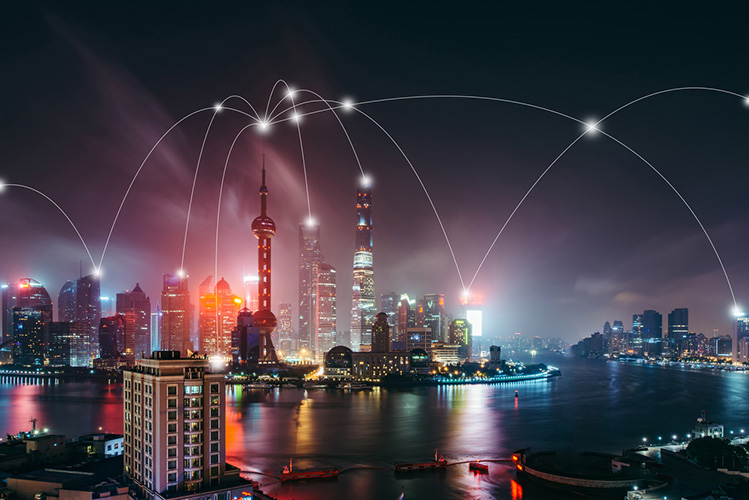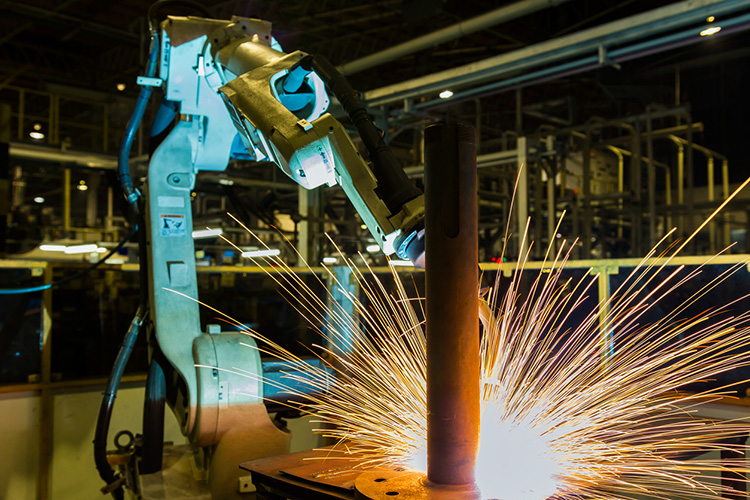Digitalization could take a big ‘byte’ out of energy demand
Innovations have an abundance of applications in transportations, buildings and industry, says IEA
It could be smart thermostats, daylighting sensors, drone deliveries or autonomous trucks.
Digital innovations are already in widespread use among energy demand sectors, with more coming up rapidly on the horizon.
In a recent report, Digitalization and Energy 2017, the International Energy Agency (IEA) looked at the new digital age, and its potential impact on transportation, buildings and industry.
Buildings: Predicting energy performance
Buildings are, to put it bluntly, energy hogs. They take up 55% of global electricity demand, and they’ve accounted for 60% of the world’s electricity consumption growth over the past 25 years.
Digitalization, in the form of smart thermostats and smart lighting, could cut total energy use in buildings by as much as 10% between now and 2040.
And by using real-time data and machine learning algorithms to monitor and predict the energy performance of buildings, there’s potential for big energy savings.


Industry: Revved up on robotics
Industry accounts for 24% of the world’s total CO2 emissions, and 38% of global final energy consumption.
Historically, digitalization has boosted both safety and productivity. In the future, the combination of smart sensors and data analytics may predict equipment failure, while advanced process controls may create further energy savings.
Iindustrial robots and 3D printing are becoming standard practice — a recent study found that by using lighter 3D printed components in the American airline industry, the U.S. fleet could reduce overall fuel use by as much as 6.4%.
![]()
In the world's conversation about energy, one point is beyond debate: Energy makes a vital contribution to people's quality of life, to society and to human progress. This is true today, and it will remain true in the future. That's why Energy Matters was created. We believe it's important to equip people with unbiased information so they may form opinions, join the conversation and feel confidence in the work and accomplishments of the energy sector. Energy Matters is an initiative that provides transparent information and perspective on energy. Here, we'll cover a range of topics: the scale of global energy; the ways energy is sourced and produced; current energy technology; forthcoming innovations; the world's future energy needs; and the sustainable sources of energy that will fill them. Because energy matters to everyone, we hope you'll rely on Energy Matters as an ongoing source of balanced information.



